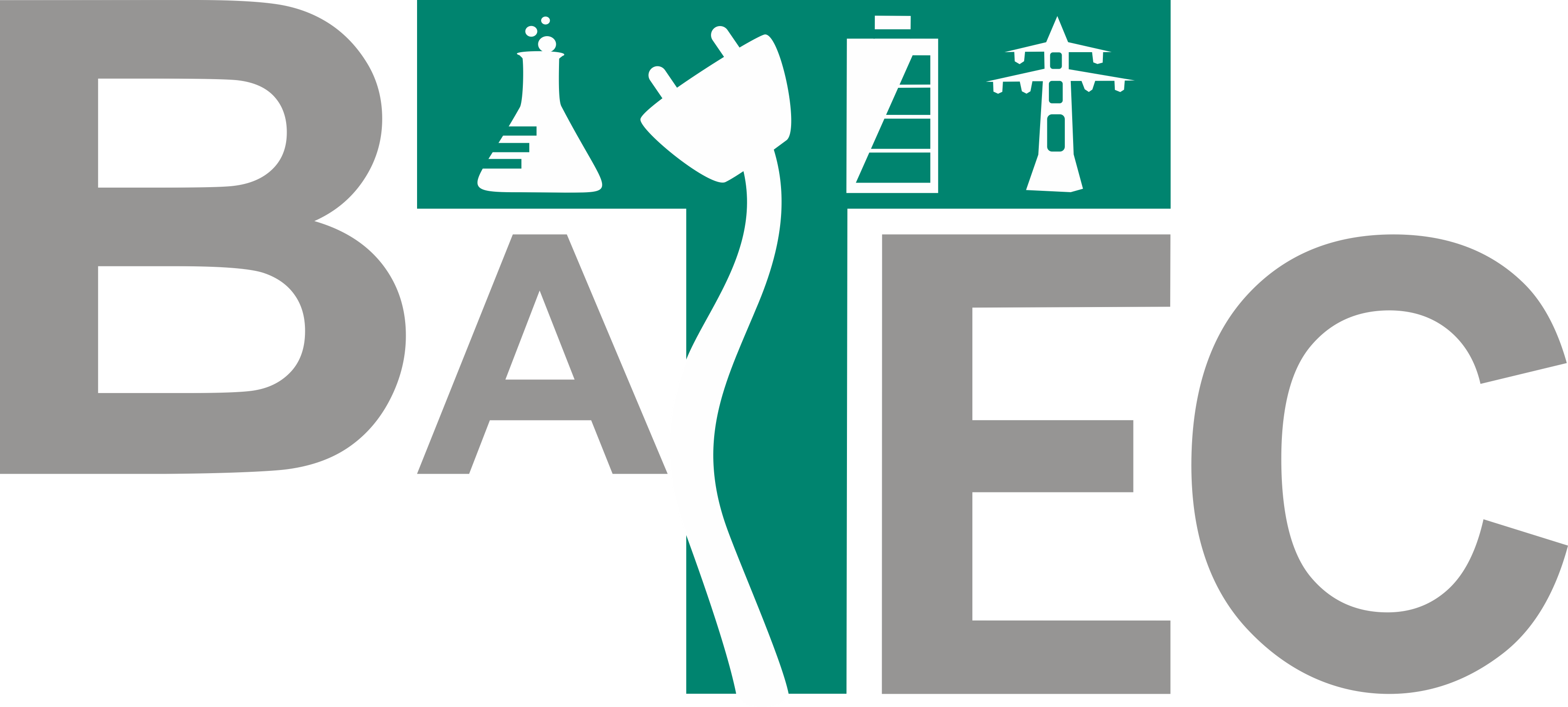FAQ on Home Storage Safety
Safety deficiencies in solar energy storage systems? Important facts on operational safety:
Are solar energy storage systems generally unsafe?
Some systems are characterized by a high degree of safety. Unfortunately, it was also found that there are systems that are not safe despite compliance with some standards, at least not if simple fault cases were simulated. The KIT researchers were surprised that not all systems on the market are certified according to the UN38.3 transport regulations for battery systems.
How do customers recognize safe storage systems?
The Battery Technology Center at KIT has developed a short checklist "Li-Ion Home Storage". This checklist can be submitted to any supplier for answer. Under a score of 110 you should be very carefully. What must also be considered is the location of the memory. An unsuitable location for Li-ion reservoirs is the attic because it usually gets too warm. Especially when the sun is shining and the storage system is working, it can overheat. Li-Ion storage units prefers cellar temperatures of around 15 degrees Celsius, but they cannot tolerate frost.
What role does the UN 38.3 safety certificate play and what does it mean?
The UN 38.3 certificate describes tests that are carried out to make the transport of Li-ion reservoirs as safe as possible. There are two test levels. One at the level of a single Li-ion cell, one at the level of a Li-ion battery module (interconnected cells). The tests at cell level must be verified by the cell manufacturer and are generally available. The battery level tests must be verified by the battery manufacturer and have nothing to do with the cell level test. It is therefore not sufficient for a cell to have the UN 38.3 certificate. Rather, the entire battery must have the certificate, unless it is a prototype.
How can installers and affected owners identify possible safety problems?
The battery system (not just the cell) must be at least UN38.3 certified. In addition, very good battery systems will also be able to provide proof in accordance with the draft standard according to DIN EN 62619. Particularly good systems will achieve a score of 150 in the checklist of the Battery Technology Center. In conjunction with UN38.3 and the draft of DIN EN 62619, this should lead to a safety level like that of electric vehicles, which already drive thousands of vehicles safely on the road.
What should German providers of storage systems consider?
German suppliers should apply the safety standards of the automotive industry when developing Li-ion home storage systems. The above-mentioned standards and guidelines must be observed and a functional safety test in accordance with the ISO Safety Integration Level (SIL) must be proven for each home storage device. This is standard in the automotive industry and has led to the development of very safe battery storage devices.

